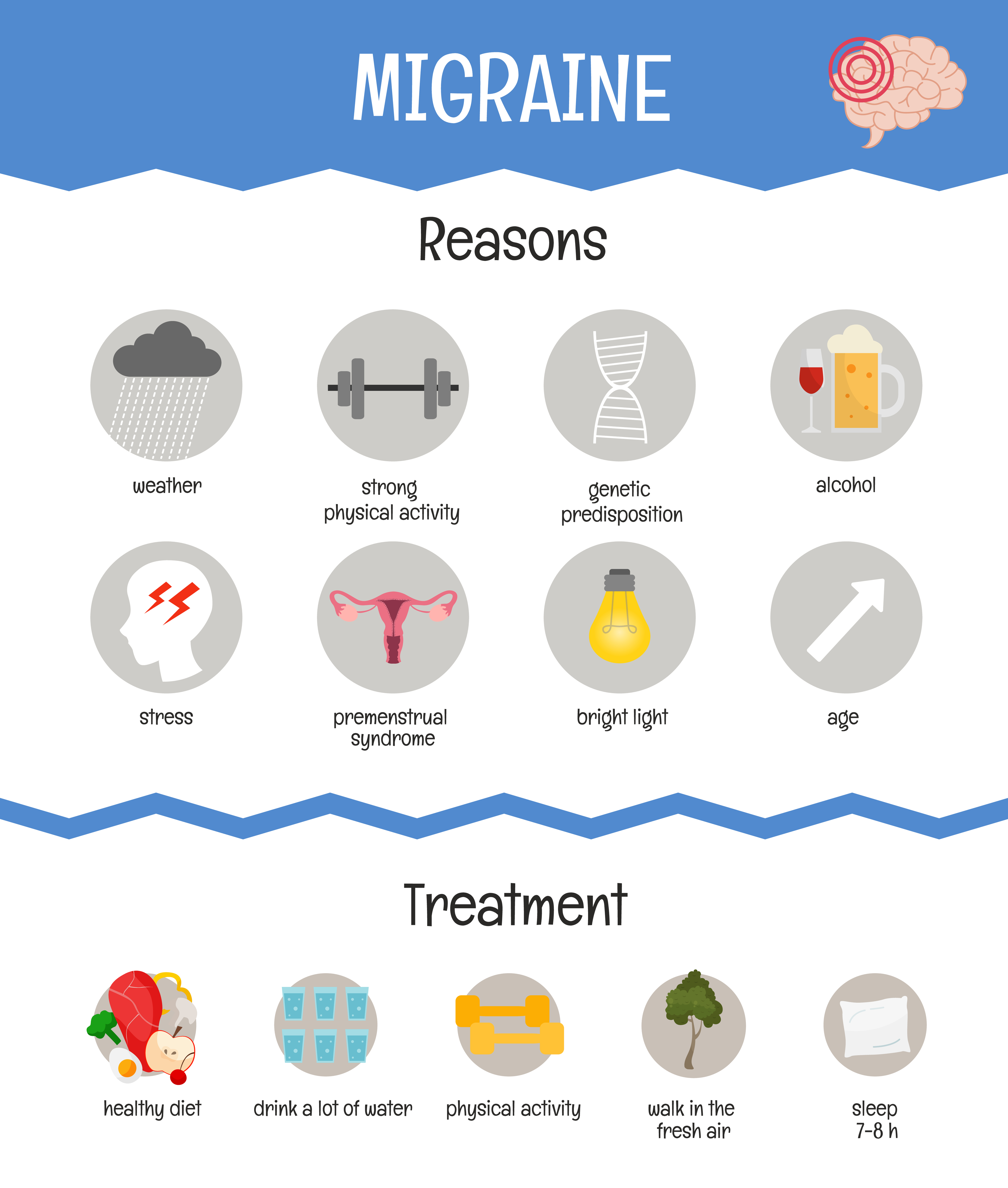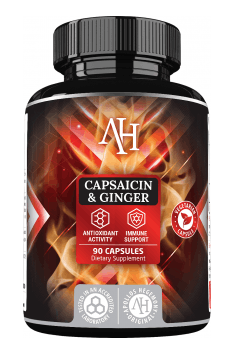If you are one of the billion migraine sufferers worldwide then you know just how debilitating they can be. Understanding this common condition has perplexed scientists for centuries with the exact cause still unknown.
What is migraine?
In centuries past, migraines were treated with a variety of unusual therapies, including placing garlic in the skull (using terrifying ancient surgical techniques) and taking baths with warm water and honey. Nowadays, people often find relief with prescriptions and over-the-counter painkillers but when it comes to migraine remedies, one size doesn’t fit all. Despite the high prevalence, less than 50 percent of migraine sufferers are satisfied with their current treatment. So if conventional methods haven’t worked for you so far then you may want to consider a more natural solution through diet and lifestyle management (which doesn’t involve garlic being inserted into your skull!)
What are the symptoms?
Each individual will experience a migraine attack differently. Common symptoms include disabling pain usually on one side of the head, vomiting, nausea, weakness, sensitivity to light, noise, movement and smell.

What’s the difference between a headache and a migraine?
The most obvious difference is the intensity and duration. Headaches can be a sign of dehydration, stress, hormonal shifts or not enough sleep and they usually last no longer than a day. Migraines, however, are much more intense and can last much longer. They have recently been identified as a neurological disorder involving nerve pathways and brain chemicals.
What are the triggers?
Triggers vary from person from person but in nine out of ten cases, there’s a family history of migraines and women are much more likely to suffer than men. Hormonal and environmental factors are thought to be involved, including smoking, oral contraceptives and poor sleep patterns. Gut bacteria are also thought to play a part with the brain and gastrointestinal tract strongly linked along various brain, endocrine and immune pathways.
So what can I do?
Being aware of what might trigger a migraine is really important. Using a food diary or migraine journal is handy to keep track of potential triggers. As gut bacteria is thought to play a role, look at removing any potential irritants, even if it’s just temporarily to see if it helps at all. Some common culprits include gluten, alcohol and excess sugar. Looking after the gut through probiotics and prebiotics could help too.
Caffeine acts on certain receptors in the brain linked with migraines so it may be worth trying to reduce where possible. Foods that contain the natural compound tyramine have shown to increase the frequency and severity of migraines. Some examples include aged, cured and smoked cheeses and meats, chocolate and alcohol. Salty snacks, dried fruits with added sulphites and processed food and drink containing additives such as aspartame or MSG may also contribute to attacks.
Making sure your blood sugar levels are balanced is important so try to avoid missing meals and eating at irregular times. A diet rich in vegetables, fruits, beans, protein and healthy fats in the form of oily fish, nuts and seeds to keep blood sugar levels stable is recommended.

The National Institute of Health also states that migraine sufferers may have low levels of magnesium. Magnesium is an essential mineral and foods high in magnesium include cacao, leafy green vegetables, nuts and seeds. You can also find magnesium as a supplement.
Whilst migraines have not previously been linked to inflammation, evidence is accumulating that the release of neuropeptides which are associated with neuron inflammation may be at the root of some types of migraines. Therefore, looking at increasing anti-inflammatory rich foods such as oily fish, berries and nuts and introducing curcumin and Omega-3, which one study showed to be effective in reducing migraine attack and frequency, could be beneficial.
What else can I do?
Manage stress! When it comes to tackling a migraine, try any stress-busting techniques that work for you, whether it be massage, meditation or yoga. Make sure you stay hydrated too as not drinking enough water is a well-known migraine and headache trigger. When you can, try and opt for some gentle exercise. Studies have also shown that acupuncture may help and a course of 10 sessions over a 5-8 week period may be beneficial.
It’s important to note that you should consult your GP if you experience migraines on more than five days a month.






